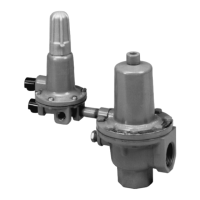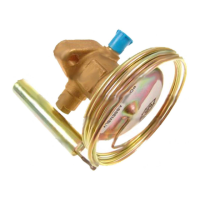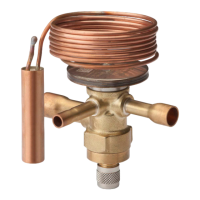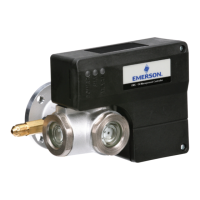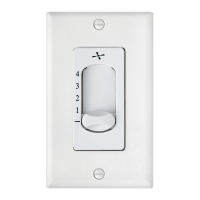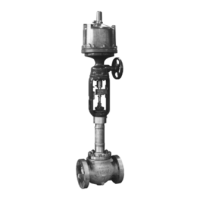WARNING
To avoid personal injury resulting from
sudden release of pressure, isolate the relief
valve from all pressure before attempting
disassembly and release trapped pressure
from the equipment and pressure line.
In case of disassembly of main pressure
retaining parts for checks and maintenance
procedures, external and internal tightness
tests have to be done according applicable
codes.
PERIODICAL CHECKS
CAUTION
It is recommended to check periodically the
relief valve.
Proper operation can be tested by letting gas in at a
pressure higher than the valve setting, the valve should
release gas.
Once the check is completed, and the valve is reset for
normal operation, make sure valve seal is in proper working
order.
MAINTENANCE
WARNING
All maintenance procedures must be carried
out only by qualied personnel.
If necessary, contact our technical support
representatives or our authorized dealers.
V Series Relief valve and its pressure accessories are
subject to normal wear and must be inspected periodically
and replaced as necessary.
The frequency of inspection/checks and replacement
depends upon the severity of service conditions and upon
applicable National or Industry codes, standards and
regulations/recommendations.
In accordance with applicable National or Industry codes,
standards and regulations/recommendations, all hazards
covered by specic tests after nal assembling before
applying the CE marking, shall be covered also after every
subsequent reassembly at installation site, in order to ensure
that the equipment will be safe throughout its intended life.
Before proceeding with any maintenance work, shutoff the
gas upstream and downstream from the valve, also ensure
that there is no gas under pressure inside the body by
loosening the upstream and downstream connections.
V/50 Series
(See Figure 7)
a. Remove the cap (key 1), the adjusting nut (key 4) and the
spring (key 5).
b. Remove the screws (key 10), the cover (key 6).
Only for V/52 version remove the reduction ring (key 22).
c. Remove the diaphragm assembly and check proper
operation of the diaphragm (key 9), the pad (key 14) and
the pad retainer (key 20). Replace any worn part.
d. Remove the seat (key 15) using the appropriate wrench.
Remove the O-ring (key 16) and replace it if necessary.
e. Re-assemble in reverse order, be very careful in
positioning the diaphragm and in tightening the screws
(key 10). Uneven tightening can cause seal and valve
malfunctioning.
V/60 Series
(See Figure 8)
a. Remove the cap (key 1), the adjusting nut (key 20) and
the spring (key 3).
b. Remove the screws (key 10), the cover (key 19).
Only for V/62 version remove the reduction ring (key 22).
c. Remove the diaphragm assembly and check proper
operation of the diaphragm (key 9), the pad unit (key 11)
and the pad retainer (key 14). Replace any worn part.
d. Remove the seat (key 12) using the appropriate wrench.
Remove the O-ring (key 13) and replace it if necessary.
e. Re-assemble in reverse order, be very careful in
positioning the diaphragm and in tightening the screws
(key 10). Uneven tightening can cause seal and valve
malfunctioning.
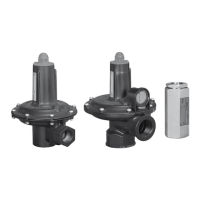
